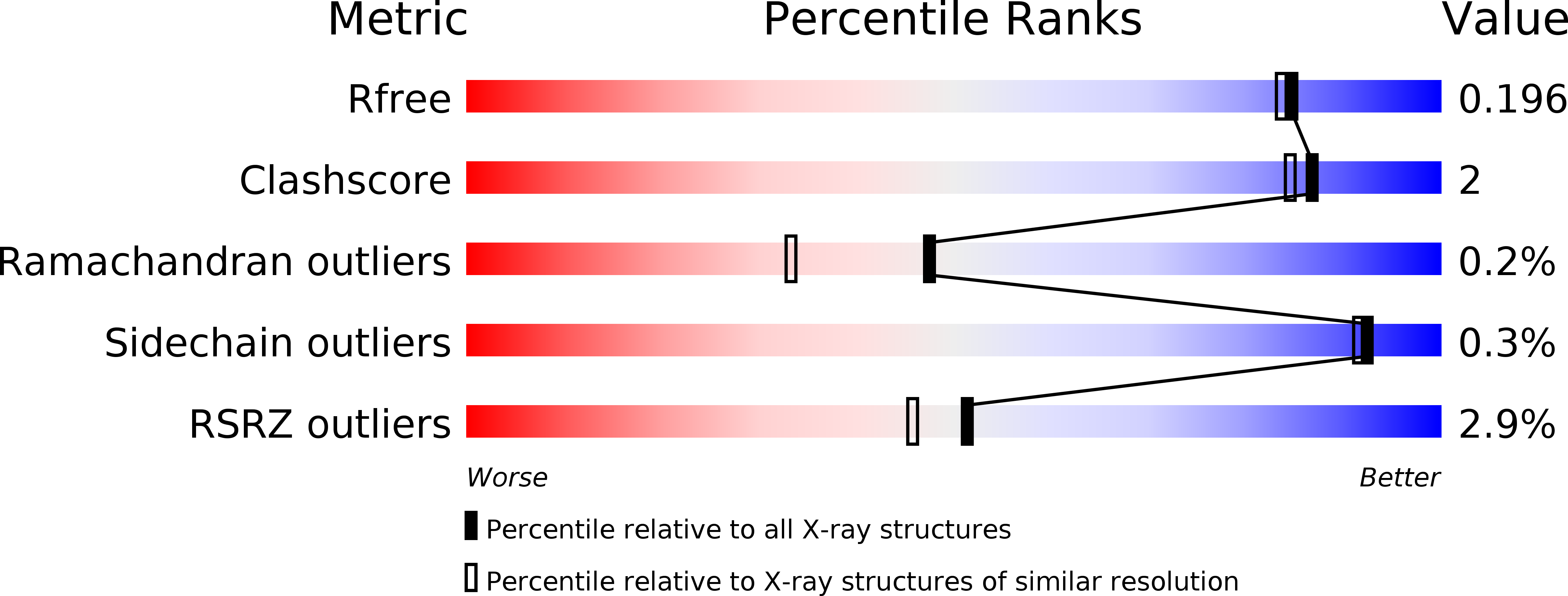
Deposition Date
2015-05-27
Release Date
2015-06-10
Last Version Date
2024-10-23
Entry Detail
PDB ID:
5BP8
Keywords:
Title:
ent-Copalyl diphosphate synthase from Streptomyces platensis
Biological Source:
Source Organism:
Streptomyces platensis (Taxon ID: 58346)
Host Organism:
Method Details:
Experimental Method:
Resolution:
1.80 Å
R-Value Free:
0.18
R-Value Work:
0.15
R-Value Observed:
0.15
Space Group:
H 3 2


